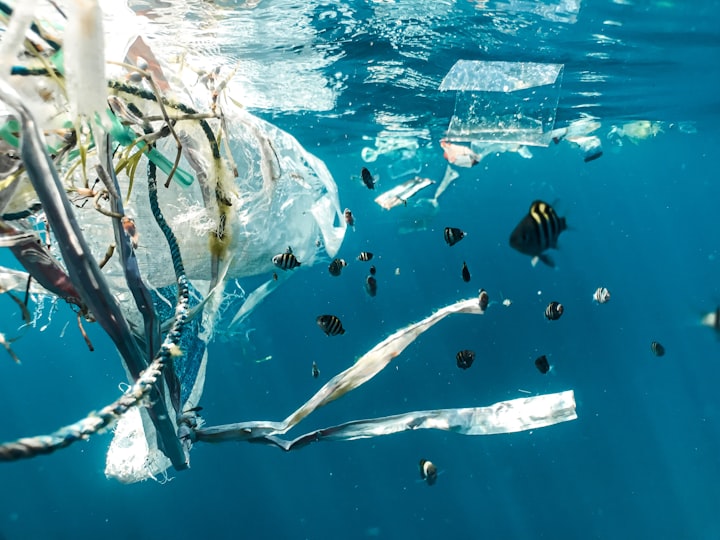Circular Economy: Beyond Recycling, Towards Regeneration
Explore the Circular Economy: a transformative approach that goes beyond mere recycling. Dive into a world where waste becomes a resource and regeneration is key. 🔄🌍

In today's rapidly evolving global landscape, the concept of a circular economy is gaining traction as a sustainable alternative to the traditional linear model of consumption. Instead of the "take, make, dispose" approach, the circular economy emphasizes keeping resources in use for as long as possible, extracting the maximum value from them, and then recovering and regenerating products and materials at the end of their service life. This article delves into the intricacies of the circular economy, its benefits, challenges, and its transformative potential for businesses and societies.
The circular economy is not just about recycling. It's a holistic approach that reimagines how we design, use, and reuse products and materials, ensuring that nothing goes to waste.
Key Principles of the Circular Economy
- Design for the Future: Products are designed for durability, reuse, and recyclability, ensuring they remain in the economic loop for as long as possible.
- Preserve and Extend: Maximizing the use of products and assets reduces the need for new resources. This includes practices like repairing, refurbishing, and sharing.
- Use Waste as a Resource: Instead of discarding waste, it's treated as a valuable resource, ready to be used in new products or processes.
- Rethink Business Models: Companies transition from selling products to offering services, like leasing or sharing, which promotes product return and reuse.
- Collaborate to Create Joint Value: Stakeholders across the supply chain work together to find sustainable and regenerative solutions.



